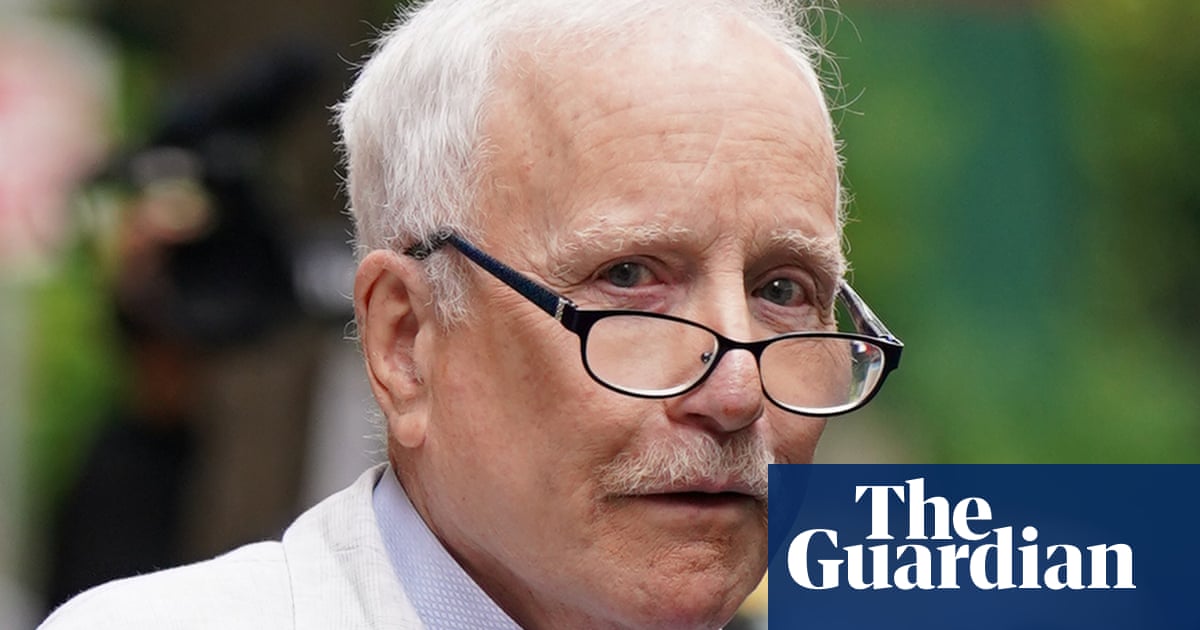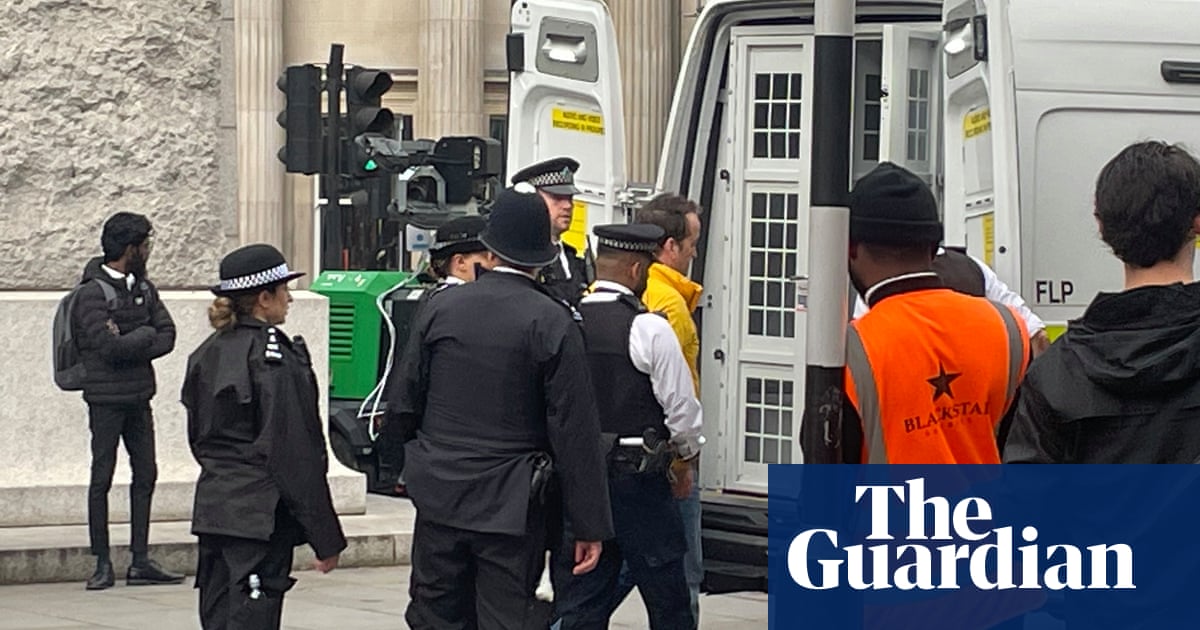Consultation is not a new concept. Neither is the wisdom and insight that comes from listening. Lived experience counts. Most people would agree. Yet when it comes to a simple request from Aboriginal and Torres Strait Islander people to have a voice, suddenly these things are open to debate.
“Show us the evidence,” critics say. “Will it do anything to close our nation’s disgraceful gap in outcomes?”
You bet it will. And here’s a recent example.
As epidemiologists and medical anthropologists, we were concerned about how coronavirus would impact on the Aboriginal and Torres Strait Islander populations in Australia. Based on the known risks and previous serious flu epidemics such as H1N1, we knew that many more Aboriginal and Torres Strait Islander people were likely to become infected and to have more serious disease. And Covid-19 was even more contagious, with high illness and death rates.
Aboriginal-controlled medical services and other important services for Aboriginal and Torres Strait Islander populations have been chronically underfunded for many years. Now they were needed to provide rapidly for, potentially, a very sick group of people.
Indigenous health leaders swung into action. In North Queensland, Dr Mark Wenitong brought in the measures that started the national response for Aboriginal and Torres Strait Islander people. The National Aboriginal Community Controlled Health Organisation, with CEO Pat Turner, successfully lobbied federal and state governments to implement the National Biosecurity Act to close all remote communities, with support organised for their living needs.
Aboriginal-controlled health organisations all around the nation banded together and lobbied for personal protective equipment, increased staff for testing and contract tracing. They set up taskforces with government departments such as health, families and communities and housing to manage social distancing, food deliveries, special care for elders, telehealth and help to house homeless people.
Most of this activity was done within Indigenous groups themselves, with government departments and relevant NGOs responding to their requests as to what their needs were. The result is a model of how, with Aboriginal and Torres Strait Islander leadership, an expected disastrous pandemic result was prevented.
Up until January 2021, there were only 148 cases of Covid among Indigenous people nationwide, 15% hospitalisations, 1 case in ICU and no deaths. There were no cases in remote communities and no cases associated with the Black Lives Matter marches in major capital cities. As Indigenous people make up 3% of the population, it was expected that at least 3% (850+) of Australia’s 27,701 cases would be in these groups.
The rate of infection in the non-Indigenous population was 1.12/1000 people while that for First Nations was 0.19/1000 people. Thus, the rate for non-Indigenous Australians was 5.9 times the rate in Indigenous Australians, a dramatic reversal of the gap. Not only did Indigenous health leaders save hundreds lives, but they also avoided significant healthcare costs. This response was the best of any in the world, with many Indigenous populations in other countries having much worse outcomes.
Compare that with when vaccines became available throughout 2021/22. There should have been a clear line of provision of these to all Indigenous populations in regional and urban centres who were at higher risk. This did not happen. And the decision to open remote communities came too soon. Then the numbers of cases and death increased.
This happened despite Aboriginal leaders warning of the adverse effects. They had lost their voice.
The initial Indigenous-led response to a major health threat that has impacted so negatively on so many populations around the world is a major achievement and clear evidence for a voice. We should applaud these leaders. They moved quickly and averted a catastrophe.
They prevented serious illness and death, avoided costly care and anguish. And they did so in spite of their health and welfare services being underfunded for decades, with inappropriate, unwelcome or unavailable mainstream services.
If ever there was a time to implement the Uluru Statement from the Heart, particularly the voice to parliament, it is now. What more proof do we need?
Prof Fiona Stanley AC is a patron and founding director of the Telethon Kids Institute
Prof Marcia Langton is a Redmond Barry distinguished professor at the Melbourne School of Population and Global Health at the University of Melbourne

 1 year ago
92
1 year ago
92










 English (US)
English (US)